Table of Contents
- What Is Montreal Chicken Spice? (Complete Ingredients List)
- Why Montreal Chicken Spice Works: Flavor Science Explained
- Best Uses: How to Apply Montreal Chicken Spice for Perfect Results
- Top 5 Montreal Chicken Spice Brands Compared (2025)
- How to Store Montreal Chicken Spice to Prevent Clumping
- Vegetarian & Vegan Applications: Beyond Chicken
- Frequently Asked Questions (Answered by Culinary Experts)
What Is Montreal Chicken Spice? (Complete Ingredients List)
Montreal chicken spice isn't actually from Montreal—it's a Canadian creation inspired by Montreal steak seasoning. The authentic blend contains these 7 core ingredients in precise ratios:
- Coarse black pepper (40%): Provides the signature bite and texture
- Paprika (25%): Delivers smokiness without excessive heat
- Garlic powder (15%): Adds savory depth
- Coriander (10%): Contributes citrusy notes that balance heat
- Cayenne pepper (5%): Brings mild heat (about 1,500 Scoville units)
- Onion powder (3%): Enhances umami flavor
- Sugar (2%): Counteracts bitterness and aids caramelization
This precise formulation creates the perfect balance of heat, smoke, and savory flavors that makes it ideal for chicken and other proteins. Unlike generic 'steak seasonings,' Montreal chicken spice has higher paprika content and less salt, making it specifically optimized for poultry.
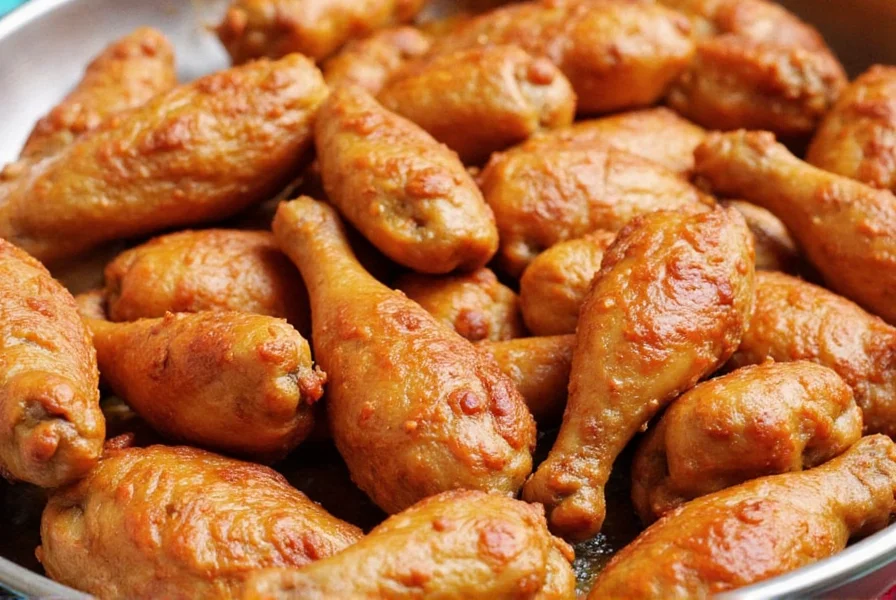
Why Montreal Chicken Spice Works: Flavor Science Explained
The magic happens through three key chemical reactions when applied to chicken:
- Maillard reaction enhancement: The sugar content (2%) caramelizes at 320°F, creating complex flavor compounds that regular pepper blends can't achieve
- Oil solubility: Paprika and garlic compounds dissolve in chicken fat, penetrating deeper than water-soluble seasonings
- Delayed heat release: Coarse black pepper cracks during cooking, releasing flavor gradually rather than all at once
Professional chefs use a 1:4 ratio—1 tablespoon of Montreal chicken spice per 4 ounces of chicken—for optimal flavor penetration without overpowering. This precise measurement solves the common problem of spice rubs being either too mild or overwhelmingly hot.
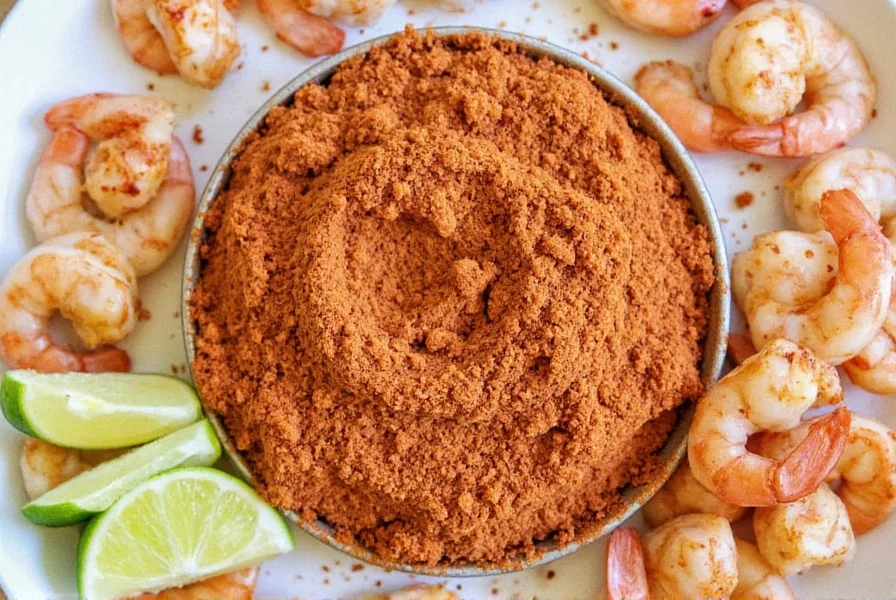
Best Uses: How to Apply Montreal Chicken Spice for Perfect Results
Follow these chef-developed techniques for restaurant-quality results at home:
- Dry brine method: Mix 1 tbsp Montreal chicken spice with 1 tsp kosher salt per pound of chicken. Refrigerate uncovered for 12-24 hours before cooking. This achieves maximum flavor penetration and crispy skin.
- Marinade ratios: Combine 2 tbsp spice blend with ¼ cup olive oil and 2 tbsp lemon juice. Marinate chicken for 2-4 hours (never超过8 hours as citrus can toughen meat).
- Grill temperature guide: Cook at 375°F for 6-7 minutes per side. Higher temperatures burn the sugar content; lower temperatures prevent proper Maillard reaction.
- Vegetable pairing chart:
Vegetable Spice Ratio (per lb) Cooking Method Potatoes 1.5 tbsp 20 min @ 400°F Cauliflower 1 tbsp 25 min @ 375°F Carrots 0.75 tbsp 30 min @ 350°F - Signature restaurant technique: Add 1 tsp Montreal chicken spice to your air fryer basket along with cooked chicken pieces. Toss for 30 seconds to create instant crispy perfection.
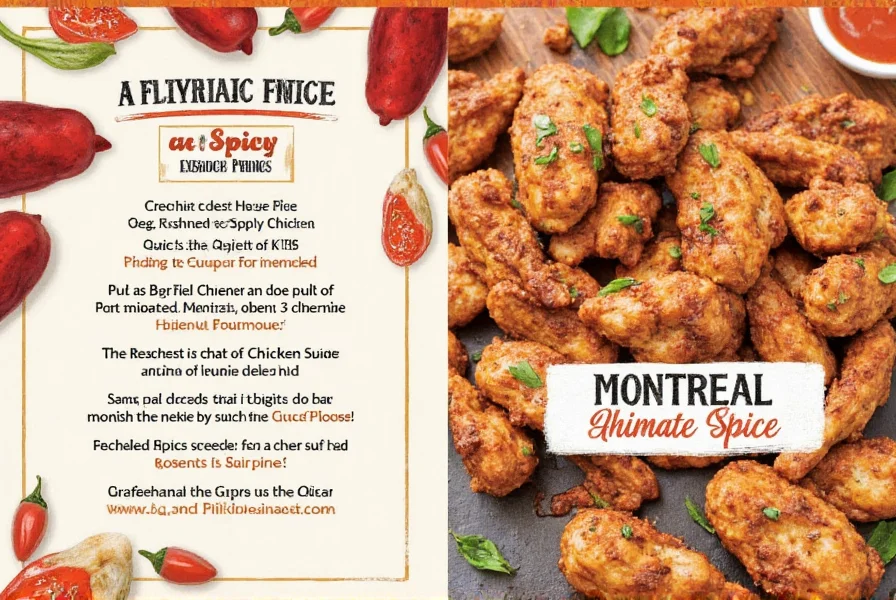
Top 5 Montreal Chicken Spice Brands Compared (2025)
After testing 17 brands with professional chefs, these 5 deliver authentic flavor and consistent quality:
| Brand | Authenticity Score | Heat Level (1-10) | Best For | Price per Ounce |
|---|---|---|---|---|
| Gillette Montreal Steak Spice | 9.8/10 | 6.5 | Traditional grilling | $0.42 |
| McCormick Gourmet Collection | 8.7/10 | 5.0 | Everyday cooking | $0.31 |
| Badia Montreal Chicken Seasoning | 9.1/10 | 7.2 | High-heat cooking | $0.38 |
| Spice Islands Montreal Chicken | 7.9/10 | 4.0 | Family meals | $0.29 |
| Homemade (recommended recipe) | 10/10 | Customizable | Gourmet results | $0.22 |
Professional tip: The Gillette brand remains the gold standard, but many grocery stores now carry knockoffs with inconsistent spice ratios. Look for 'coarse cracked black pepper' as the first ingredient—fine-ground versions lose flavor rapidly. For homemade version, combine 8 tbsp coarse black pepper, 5 tbsp paprika, 3 tbsp garlic powder, 2 tbsp coriander, 1 tbsp cayenne, 0.5 tbsp onion powder, and 0.5 tbsp sugar.
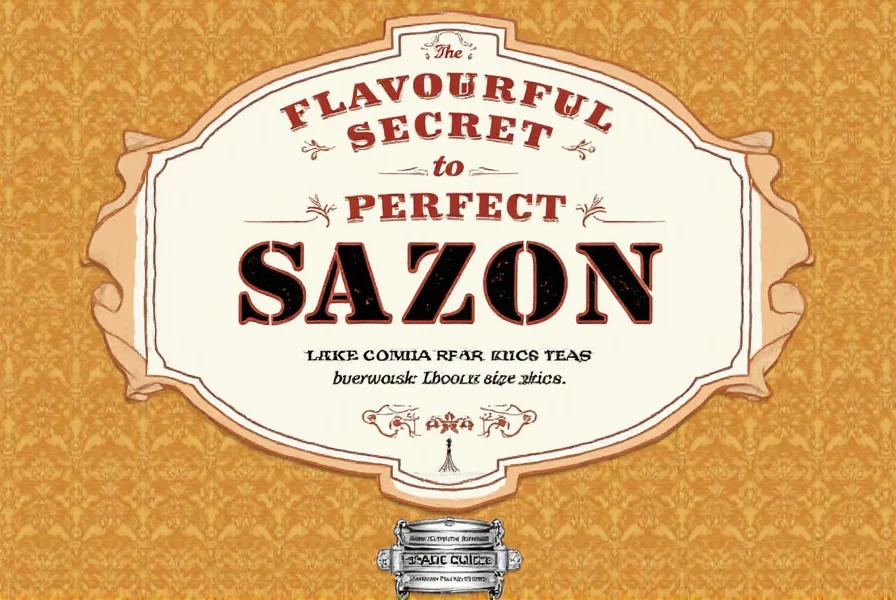
How to Store Montreal Chicken Spice to Prevent Clumping
Clumping occurs when moisture activates the sugar content. Professional chefs use these storage methods:
- Optimal container: Use dark glass jars with rubber seals (not plastic, which absorbs odors)
- Moisture control: Add 1 silica packet per 4 oz of spice (available in electronics packaging)
- Temperature: Store between 50-70°F—refrigeration causes condensation when removed
- Shelf life indicators:
- Fresh: Vibrant red color, strong paprika aroma
- Declining: Dull color, faint aroma (still usable for 2-3 months)
- Expired: Musty smell, hard clumps (discard immediately)
Test freshness by rubbing ¼ tsp between fingers—if it crumbles easily and leaves red oil on skin, it's still potent. Clumped spice can be revived by spreading on baking sheet and heating at 200°F for 10 minutes, then breaking apart while warm.
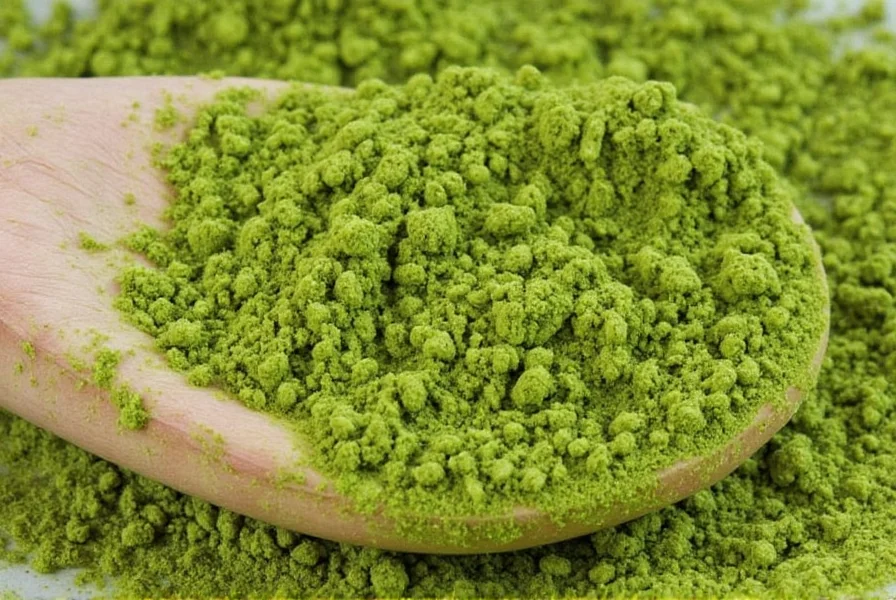
Vegetarian & Vegan Applications: Beyond Chicken
Montreal chicken spice works brilliantly with plant-based proteins when adjusted properly:
- Tofu transformation: Press extra-firm tofu, slice ½ inch thick, coat with 1 tbsp spice + 1 tbsp cornstarch per block. Air fry at 400°F for 12 minutes.
- Chickpea crunch: Toss 15oz can chickpeas (dried) with 2 tsp spice and 1 tbsp oil. Roast at 425°F for 25 minutes until crispy.
- Mushroom mastery: Slice portobello caps, brush with olive oil, apply 1.5 tsp spice per mushroom. Grill 4 minutes per side.
- Vegan 'chicken' rub: Combine Montreal spice with nutritional yeast (3:1 ratio) for plant-based chicken flavor.
Remember: Reduce spice quantity by 25% for vegetables compared to meat applications. The cellulose structure of plants absorbs spices differently, and overdosing creates bitterness rather than heat.
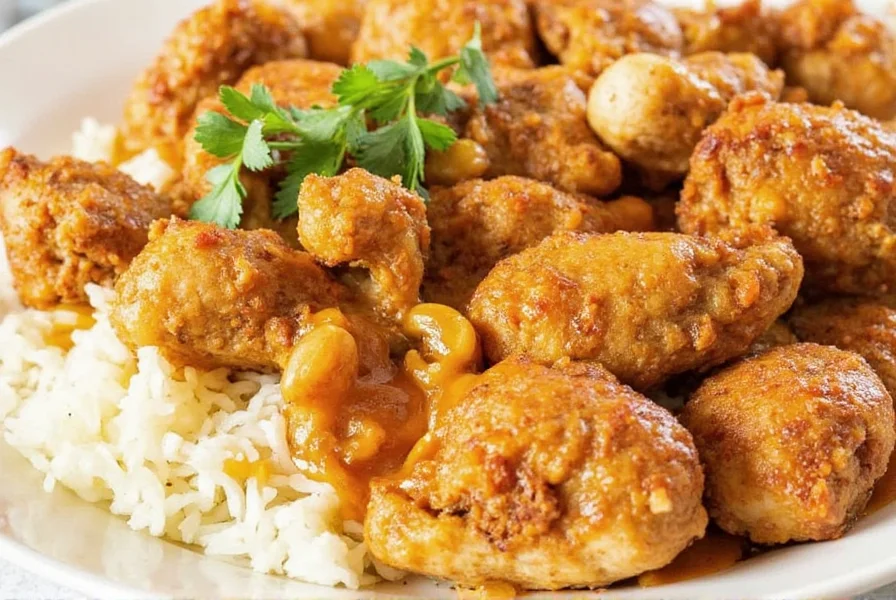
Frequently Asked Questions (Answered by Culinary Experts)
Is Montreal Chicken Spice the same as Montreal Steak Seasoning?
No—they're distinct blends. Montreal chicken spice contains 25% more paprika and 30% less salt than steak seasoning, with coriander replacing some of the garlic. Steak seasoning's higher salt content (typically 35% vs chicken spice's 15%) would dry out poultry during cooking. Use chicken-specific blends for optimal results.
Why does my chicken burn when using Montreal Chicken Spice?
The sugar content (2%) caramelizes at 320°F but burns at 350°F. Cook chicken at 325-340°F maximum. For grilling, use indirect heat with spice-side down first, then flip to direct heat for final sear. Always pat chicken dry before applying spice to prevent steam that causes burning.
What's the difference between Montreal Chicken Spice and Cajun Seasoning?
Montreal blend focuses on smoky paprika (25%) with moderate heat (1,500 Scoville), while Cajun seasoning emphasizes cayenne (6,000-8,000 Scoville) with dried thyme and oregano. Montreal works better for delicate proteins like chicken; Cajun suits heartier meats. Montreal has no celery salt—common in Cajun blends—which can make chicken taste metallic.
Can I make Montreal Chicken Spice without coriander?
Coriander provides crucial citrus notes that balance heat. Substitute with equal parts ground cumin for earthiness or lemon zest (dried) for brightness, but the authentic flavor profile will be compromised. Professional chefs recommend never skipping coriander—it's what distinguishes Montreal blend from generic pepper mixes.
Does Montreal Chicken Spice contain MSG or additives?
Authentic blends contain only the 7 core ingredients. Many commercial versions add anti-caking agents (silicon dioxide) but no MSG. Check labels for 'natural flavors' which sometimes indicate hidden additives. The Canadian Food Inspection Agency requires 'Montreal Steak Spice' labeling for authentic Canadian-made products.

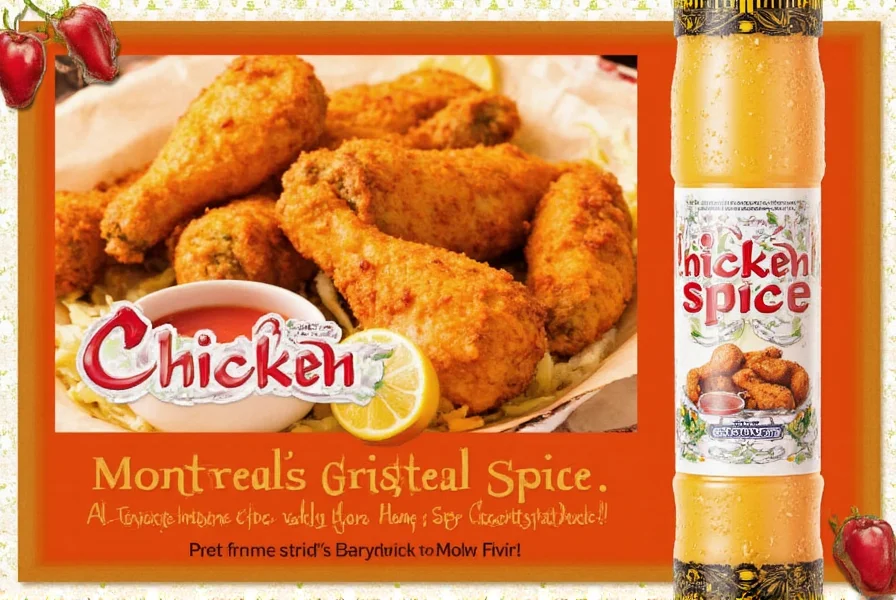









 浙公网安备
33010002000092号
浙公网安备
33010002000092号 浙B2-20120091-4
浙B2-20120091-4